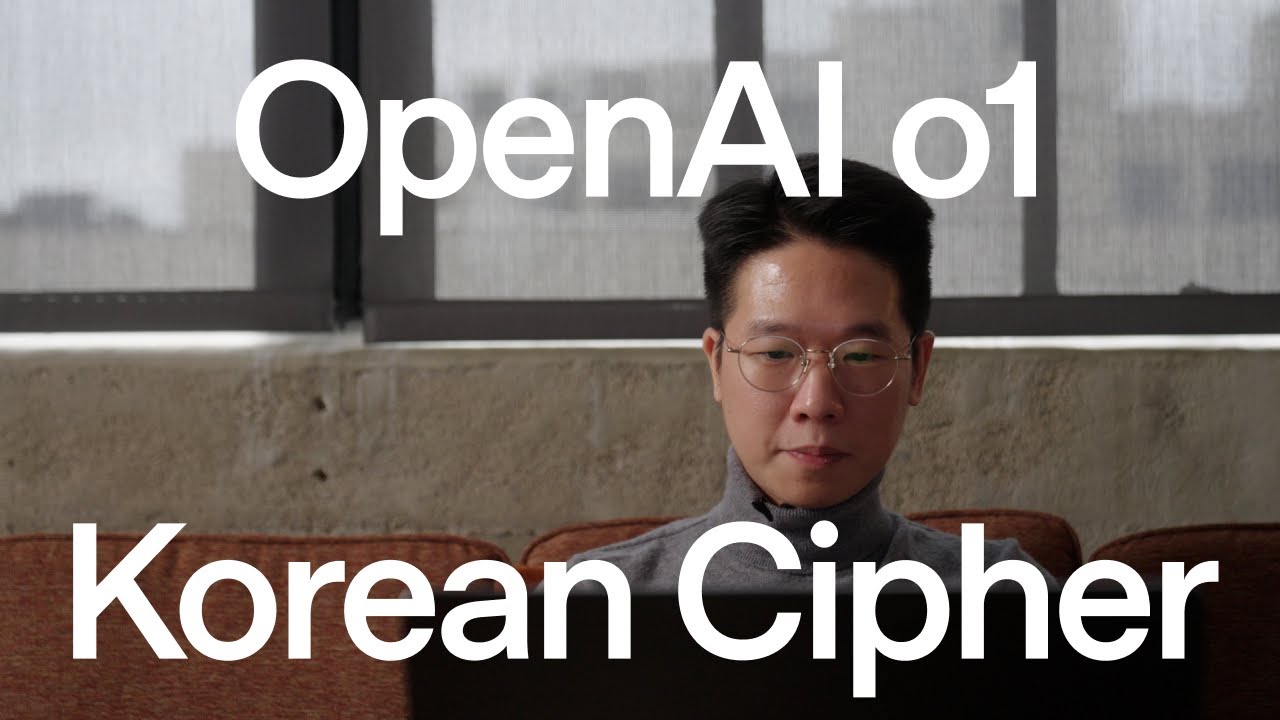The video compares the translation capabilities of GPT-4 and the new O1 model when faced with a badly corrupted Korean sentence, highlighting how native speakers can intuitively decode such distortions due to their familiarity with the language’s structure. While GPT-4 struggles with the corrupted text, the O1 model employs a reasoning process to effectively analyze and reconstruct the meaning, showcasing the potential of reasoning-based AI in tackling complex language tasks.
In the video, the presenter explores the challenges of translating a badly corrupted Korean sentence using AI models, specifically comparing the performance of GPT-4 and a new model called O1. The corrupted text is an example of how Korean characters can be distorted by adding unnecessary consonants, making it difficult for AI to interpret while still being recognizable to native speakers. This highlights the unique structure of the Korean language, where vowels and consonants can be combined in various ways, leading to character-level corruption.
The presenter demonstrates that GPT-4 struggles with the corrupted text, as it fails to recognize the underlying meaning due to the unnatural combination of characters. This response is deemed valid since the input does not form a coherent sentence in Korean. The video emphasizes that native Korean speakers can intuitively decode such corruption, showcasing their linguistic proficiency and familiarity with the language’s structure.
In contrast, the O1 model exhibits a different approach to the problem. Instead of immediately attempting to translate the corrupted text, it engages in a reasoning process to decipher the garbled characters. The model begins by analyzing the text, which is a more effective strategy for tackling the translation task. This method of reasoning allows O1 to break down the corrupted sentence and gradually reconstruct its meaning.
As the O1 model continues to process the text, it successfully decodes parts of the corrupted sentence, demonstrating its ability to enhance translation through reasoning. The model’s output reflects a deeper understanding of the task, ultimately leading to a coherent translation. The final translation emphasizes that while no translator on Earth could easily handle such corruption, native Koreans can recognize and interpret it due to their linguistic skills.
The video concludes by illustrating the potential of general-purpose reasoning models like O1 in addressing complex language tasks that resemble code-cracking. The presenter highlights the importance of reasoning as a powerful tool for problem-solving, particularly in scenarios where traditional translation methods may fall short. This exploration underscores the evolving capabilities of AI in understanding and processing languages, especially those with unique structural characteristics like Korean.
